Cost difference between steel structure and concrete structure
In modern construction projects, steel structures and concrete structures are the two main building forms, each with unique advantages and applicable scenarios. This article will conduct a detailed comparison between steel structure and concrete structure in terms of cost differences, structural performance, construction efficiency and application fields to help choose a suitable building solution.
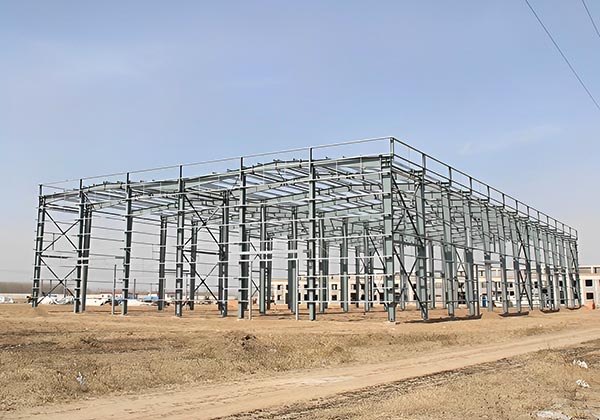
Cost difference
1. Material cost
The main material of steel structure is steel, and its price is greatly affected by market fluctuations. While the initial cost of steel is typically higher than that of concrete, the lightweight nature of steel structures means there are less demands on infrastructure, reducing overall project costs. On the contrary, concrete structures use materials such as cement and sandstone, and their costs are relatively stable. However, due to their heavy weight, they require a stronger foundation, which may lead to an increase in overall costs.
2. Construction costs
Construction of steel structures is generally faster because many components can be prefabricated in a factory and only need to be assembled on site. This method can significantly reduce labor costs and construction time, especially in large projects, and the time saved can be converted into economic benefits. Concrete structures often require a long maintenance time, a long construction period, and relatively high labor costs.
3. Maintenance costs
From a maintenance cost perspective, steel structures require regular maintenance in terms of rust and corrosion resistance, especially in humid or corrosive environments. In the absence of proper maintenance, steel structures can face high long-term maintenance costs. Concrete structures, on the other hand, are relatively durable and require low maintenance, especially in dry climates, and generally have a longer lifespan.
4. Overall cost analysis
Taking into account material, construction and maintenance costs, steel structures may have a higher initial investment, but they have advantages in terms of construction efficiency and long-term maintenance. Concrete structures, on the other hand, may have higher overall costs due to long construction time and high frequency of maintenance when the initial investment is low.
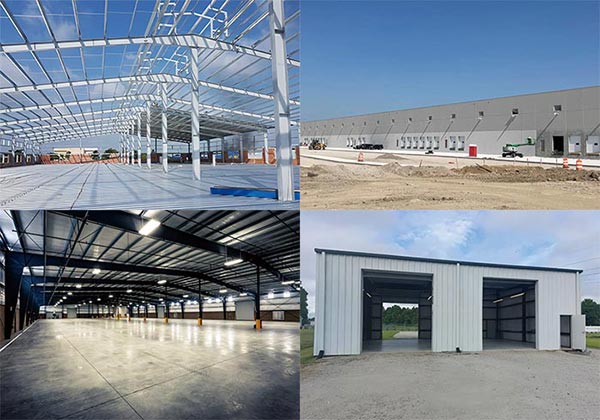
Structural performance comparison
1. Strength and stiffness
Steel structures have excellent strength and stiffness, can withstand large loads and impact forces, and are suitable for high-rise buildings and long-span structures. Concrete structures have excellent compressive strength and are suitable for buildings that bear static loads, but they are relatively weak in tensile strength.
2. Seismic performance
In terms of seismic performance, steel structures can effectively withstand the force of earthquakes due to their good toughness and ductility. When designing concrete structures, special consideration must be given to earthquake-resistant measures, especially in earthquake-prone areas, where additional reinforcement measures may be required.
3. Fire resistance
Concrete structures have good fire resistance and can provide long-term protection in fires, making them suitable for buildings with strict fire protection requirements. The strength of steel structures decreases rapidly at high temperatures, so the application of fire retardant coatings needs to be considered during design to improve its fire resistance.
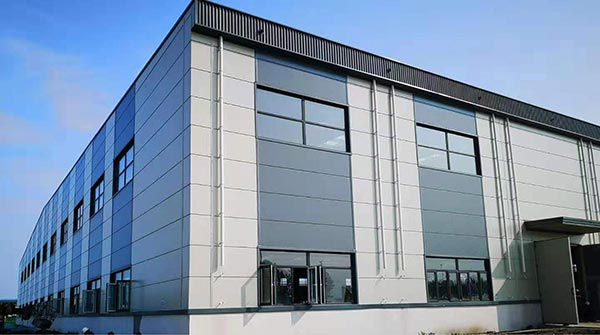
Construction efficiency
1. Construction cycle
As mentioned before, the construction period of steel structure is relatively short, especially in large-scale projects, and can be completed quickly, reducing the impact on the project schedule. Concrete structures need to go through multiple stages such as pouring and maintenance, and the construction period is long, which may lead to project delays.
2. On-site construction conditions
The on-site construction of steel structures have relatively low requirements on weather conditions and can be carried out in a variety of environments. Concrete structures are more sensitive to conditions such as temperature and humidity. Climate factors need to be considered during construction, which may affect the construction progress.
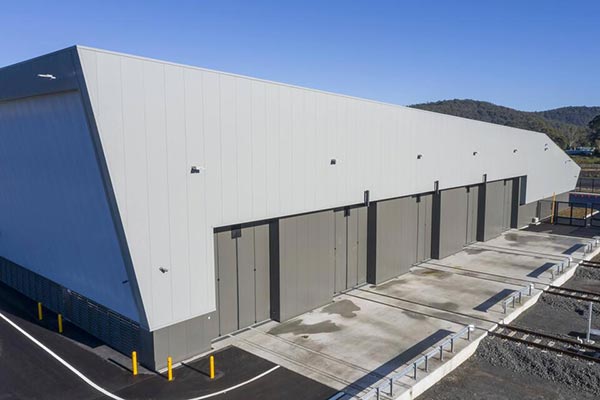
Applicable scenarios
1. Applicable scenarios of steel structures
- High-rise buildings: Steel structures are suitable for use in high-rise buildings and skyscrapers due to their strength and lightweight properties.
- Large-span structures: For buildings that require large spaces, such as stadiums and exhibition centers, steel structures can provide greater flexibility.
- Industrial buildings: such as factories, warehouses, etc. The rapid construction and large space characteristics of steel structures meet industrial needs.
2. Applicable scenarios for concrete structures
- Residential Construction: Concrete structures are suitable for use in residential buildings due to their good fire resistance and low maintenance requirements.
- Infrastructure: Such as bridges, tunnels, etc., the compressive resistance and durability of concrete structures make them the first choice for infrastructure construction.
- Public buildings: For buildings such as schools and hospitals that have high requirements for fire resistance, concrete structures provide safety guarantees.
Conclusion
When choosing a steel structure or concrete structure, factors such as the specific needs of the project, budget, construction period and long-term maintenance need to be comprehensively considered. Steel structures are suitable for projects that require fast construction and large spaces, while concrete structures offer advantages in terms of fire protection and durability. The final selection should be based on project characteristics and client needs to achieve optimal economics and building performance.
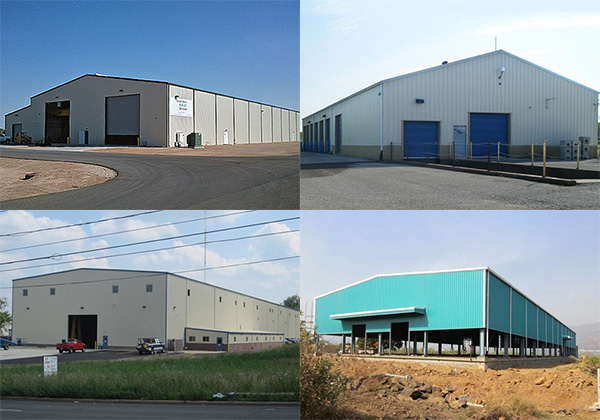


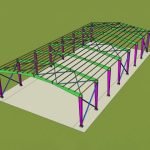
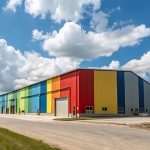
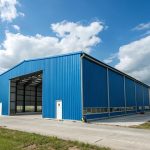
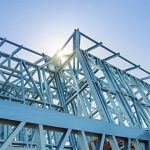
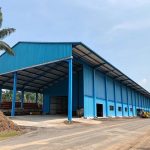
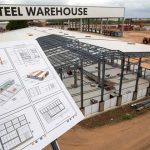
Send us the inquiry form